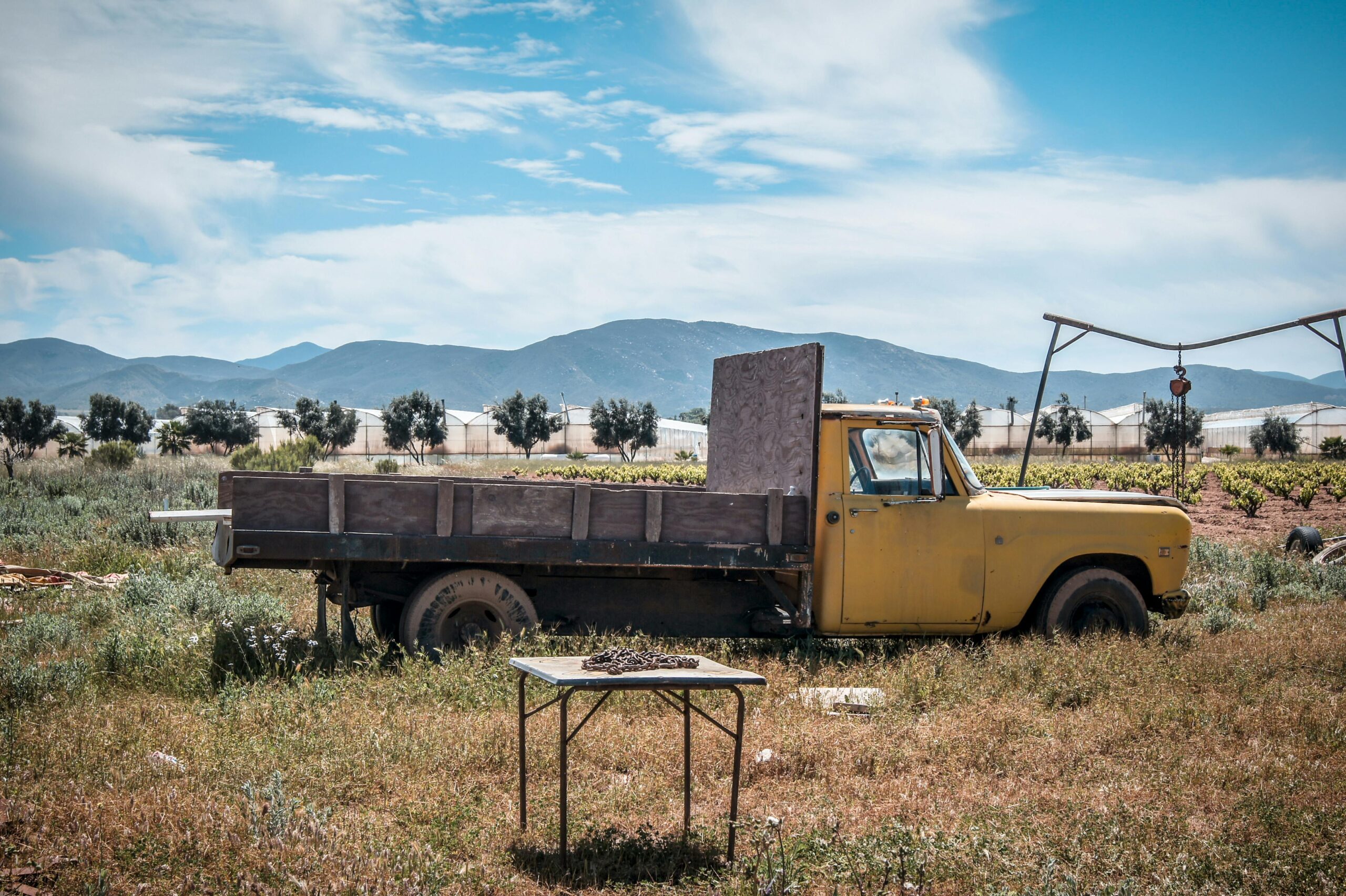From Grit to Glory: How Barn Finds Are Rewriting Classic Car History
There’s something magical about the phrase “barn find.” It conjures images of forgotten classics covered in dust, tucked away in a remote garage or shed, waiting patiently for decades to be discovered. For car enthusiasts, a barn find isn’t just a rare vehicle—it’s a time capsule, a rescue mission, and a resurrection story all rolled into one.
Contents
What Is a Barn Find, Really?
A barn find typically refers to a vintage or classic vehicle discovered in long-term storage—often in a barn, garage, or warehouse—where it’s remained untouched, neglected, or hidden from public view for years. These cars are often uncovered by chance, sometimes inherited, or tracked down by collectors who hear whispers of “an old car sitting somewhere.”
What separates a barn find from your average used car is the story: its originality, the mystery of why it was abandoned, and the thrill of pulling it back into the light.
Why Barn Finds Matter
Barn finds have reshaped the classic car world. In many cases, these discoveries include models that were thought to be lost to history—rare prototypes, limited production runs, or vehicles with unique factory specs. Their untouched nature is what makes them so valuable. Original paint, matching engine numbers, and even factory tires offer insight into how cars were made, sold, and modified decades ago.
For restoration purists and collectors, these cars represent the holy grail: raw, unmodified examples of automotive history.
Famous Finds That Changed the Game
Some barn finds have made headlines around the globe. Take, for example, the discovery of a 1966 Ferrari 275 GTB/2 in North Carolina. Covered in dust and nearly forgotten, it sold for over $2 million at auction—largely due to its originality and unaltered condition.
Then there’s the Baillon Collection in France: 60 cars, including Bugattis, Talbots, and Maseratis, found on a rural estate. The collection, untouched for over 50 years, stunned the car world when it was uncovered in 2014 and sold at auction for more than $25 million.
These stories ignite passion and reinforce the idea that automotive treasure is still out there, waiting.
Restoration or Preservation?
One of the great debates in the barn find community is whether to restore or preserve. Restoration purists argue for a full rebuild: fresh paint, new leather, and an engine overhaul. But preservationists advocate for keeping the patina and originality intact, treating the car as a historical artifact.
Some of the highest-value barn finds at auction are those that remain unrestored. In these cases, originality trumps shine.
The Hunt: How to Spot a Barn Find
Barn finds can pop up anywhere—rural towns, city garages, or private lots. Here’s how savvy seekers start:
- Talk to locals: In small communities, word of mouth is powerful. Ask mechanics, farmers, or estate sale managers if they’ve seen anything interesting tucked away.
- Search estate auctions: Old families often sell collections after a death in the family. Keep an eye on local listings.
- Use forums and Facebook groups: Enthusiast groups sometimes post leads or photos of abandoned vehicles.
It takes patience, persistence, and sometimes a little luck—but the payoff can be huge.
The Future of Barn Finds
As more collectors scour the countryside and digital platforms make cars easier to track down, true barn finds are becoming rarer. But they’re not gone. With baby boomers aging and properties changing hands, hidden gems are still being uncovered today.
Beyond their monetary value, barn finds remind us why we fell in love with cars in the first place. They’re about stories. Nostalgia. Discovery. And the idea that somewhere, just out of sight, the next piece of automotive history is waiting for someone to bring it back to life.

